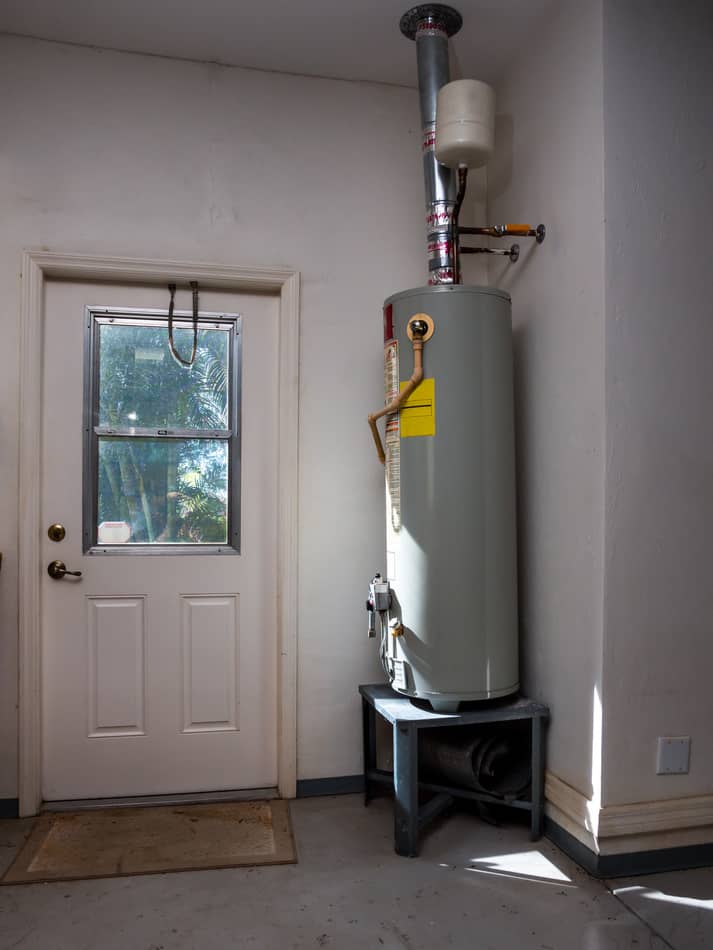Any individual has their unique thinking on the subject of How to Maintain Your Water Heater & Prolong its Life.

Hot water is necessary for everyday convenience, whether it's for a refreshing shower or washing meals. To guarantee your hot water system runs effectively and lasts longer, routine upkeep is essential. This post gives practical ideas and insights on exactly how to keep your home's hot water system to stay clear of disruptions and expensive repairs.
Introduction
Preserving your home's warm water system may appear challenging, however with a couple of easy steps, you can guarantee it runs smoothly for many years ahead. This guide covers whatever from recognizing your hot water system to DIY upkeep tips and understanding when to contact specialist help.
Significance of Keeping Your Hot Water System
Routine upkeep not just extends the life expectancy of your warm water system yet also ensures it runs successfully. Neglecting maintenance can result in lowered efficiency, higher energy costs, and even premature failing of the system.
Signs Your Warm Water System Demands Maintenance
Understanding when your warm water system needs focus can prevent major concerns. Look out for indications such as irregular water temperature, unusual sounds from the heater, or rusty water.
Comprehending Your Warm Water System
Before diving into upkeep jobs, it's useful to comprehend the standard components of your hot water system. Normally, this consists of the hot water heater itself, pipelines, anode poles, and temperature level controls.
Month-to-month Upkeep Tasks
Normal monthly checks can help catch small problems before they escalate.
Purging the Water Heater
Flushing your hot water heater eliminates sediment buildup, boosting effectiveness and extending its life.
Monitoring and Replacing Anode Rods
Anode poles protect against corrosion inside the tank. Inspecting and replacing them when broken is critical.
Inspecting and Readjusting Temperature Level Setups
Readjusting the temperature level settings guarantees optimal performance and safety.
Do It Yourself Tips for Upkeep
You can do a number of maintenance tasks yourself to maintain your warm water system in top condition.
Checking for Leakages
Consistently evaluate pipes and connections for leaks, as these can lead to water damage and higher bills.
Testing Pressure Relief Valves
Testing the stress safety valve guarantees it operates appropriately and protects against too much stress accumulation.
Protecting Pipes
Shielding warm water pipes lowers warmth loss and can save power.
When to Call a Professional
While DIY maintenance is beneficial, some concerns need professional expertise.
Facility Problems Requiring Specialist Assistance
Examples consist of major leakages, electrical problems, or if your hot water heater is regularly underperforming.
Regular Expert Maintenance Conveniences
Expert upkeep can consist of comprehensive examinations, tune-ups, and ensuring conformity with safety criteria.
Final thought
Normal maintenance of your home's warm water system is vital for efficiency, durability, and cost financial savings. By following these ideas and knowing when to look for professional assistance, you can ensure a trustworthy supply of hot water without unforeseen disruptions.
How to Maintain an Instant Hot Water Heater
Before tinkering with your hot water heater, make sure that it’s not powered on. You also have to turn off the main circuit breaker and shut off the main gas line to prevent accidents. Also turn off the water valves connected to your unit to prevent water from flowing into and out of the appliance. 2. When you’re done, you have to detach the purge valves’ caps. These look like the letter “T†and are situated on either side of the water valves. Doing so will release any pressure that has accumulated inside the valves while at the same time avoid hot water from shooting out and burning your skin. 3. When the purge valves’ caps are removed, you have to connect your hosing lines to the valves. Your unit should have come with three hoses but if it didn’t, you can purchase these things from any hardware or home repair shops. You can also get them from retail stores that sell water heating systems. Read the user’s manual and follow it to complete this task properly. When the hosing lines are connected, open the purge port’s valves. 4. You should never use harsh chemical cleaners or solutions when cleaning your unit. Make use of white vinegar instead. It should be undiluted and you’ll probably use about 2 gallons. 5. Now flush your water heater. This task should probably take about 40 minutes. We can’t give you specific directions for this because the procedure is carried out depending on the type, model and brand of your heater. With that being said, refer to the user’s manual. 6. When you’re done draining the unit, you have to turn off the purge port valves again. Remove the hosing lines that you earlier installed on each of the water valves. Put the valve caps (purge port) back in their respective places and be very careful so as not to damage the rubber discs that are found inside these caps. 7. Now that everything’s back in place, check your user’s manual again to find out how to reactivate your water heating system. 8. Once it is working, turn one of your hot water faucets on just to let air pass through the heater’s water supply pipes. Leave the tap on until water flows smoothly out of it. https://www.orrplumbing.com/blog/2014/september/how-to-maintain-an-instant-hot-water-heater/

I came across that review about How to Maintain Your Water Heater & Prolong its Life while doing a lookup on the web. Are you aware of somebody else who is occupied with What Kind of Maintenance Do Water Heaters Need?? Feel free to share it. We thank you for your readership.
Schedule Here